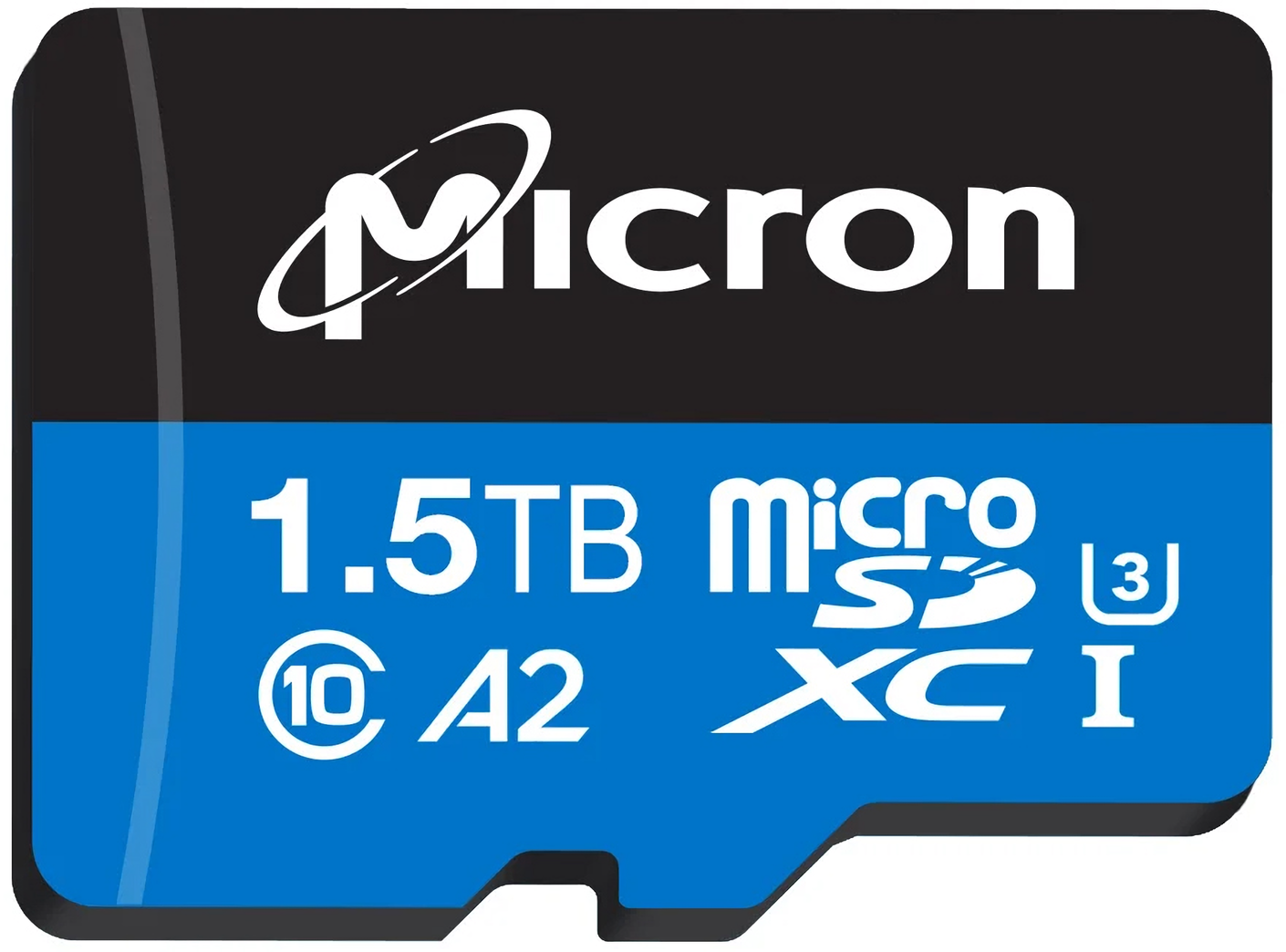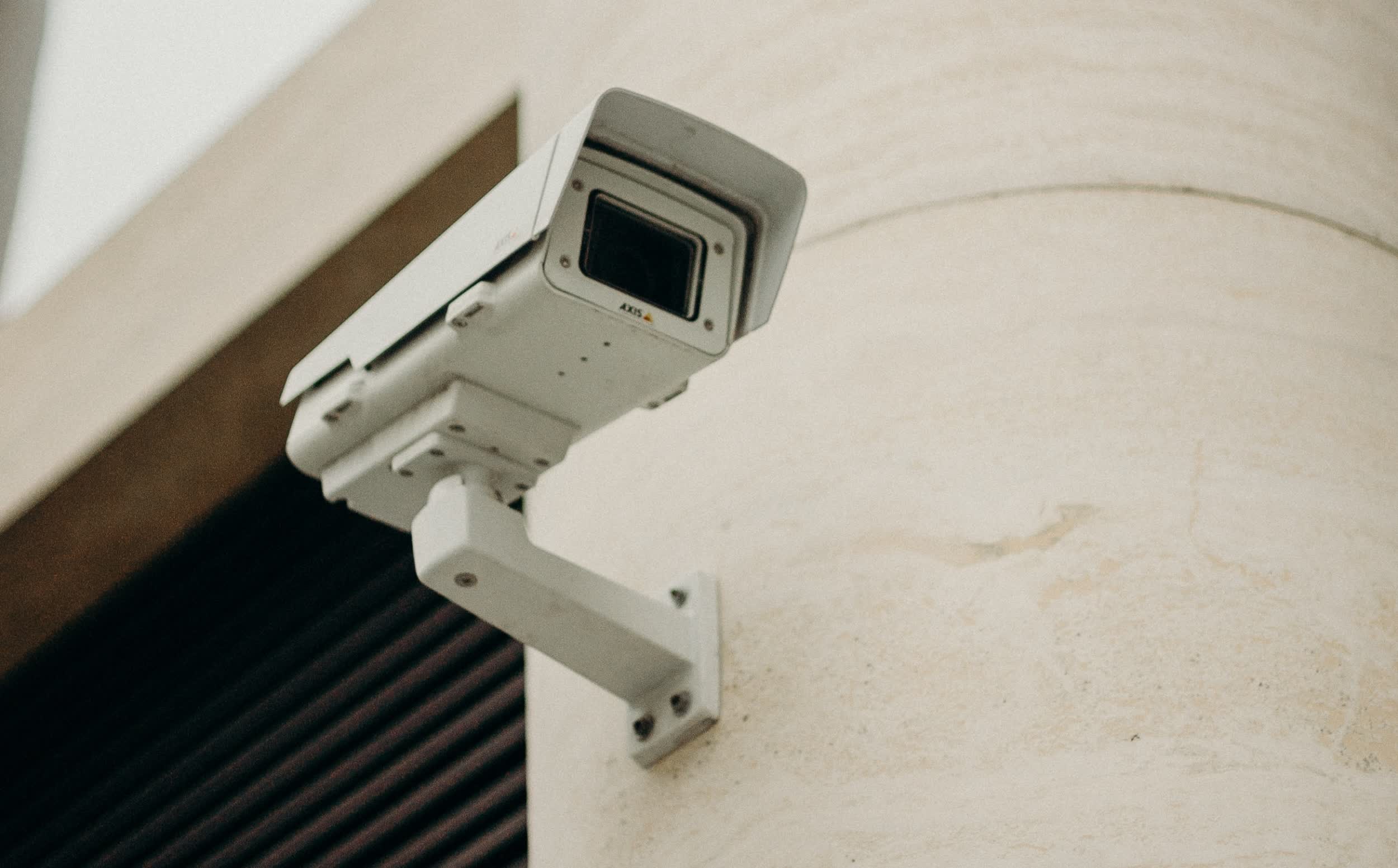In brief: Micron has introduced what it claims is the largest capacity microSD card in the world. The i400 series microSD line is offered in densities of 64GB, 128GB, 256GB, 512GB, 1TB and a monstrous 1.5TB. The cards were designed for edge storage applications with a focus on handling tasks like continuous video recording or multiple AI capture events concurrently.

All i400 cards are rated for 24/7 operation for up to five years straight with a mean time between failure of two million hours. They can also function in environments between -25 degrees Celsius and 85 degrees Celsius, and can protect against damage from water, magnets, x-rays, impacts and shock.
According to Micron, the 1.5TB card can store up to four months of video footage.

The i400 series utilizes Micron's 176-layer 3D NAND, which was introduced in late 2020. At the time, the company said its layer count was nearly 40 percent higher than its nearest competitor and was ideal for small form factor solutions.
Micron said the cards will facilitate the storage of data at the edge, where it is created, for actionable real-time insights. They could also allow small businesses to reduce the need for continuous data uploads to the cloud which can be costly, especially from remote locations like cargo ships or oil rigs.
Micron's new i400 cards are now sampling to customers.
Image credit: cottonbro
https://www.techspot.com/news/95025-micron-lay-claim-world-largest-capacity-microsd-card.html